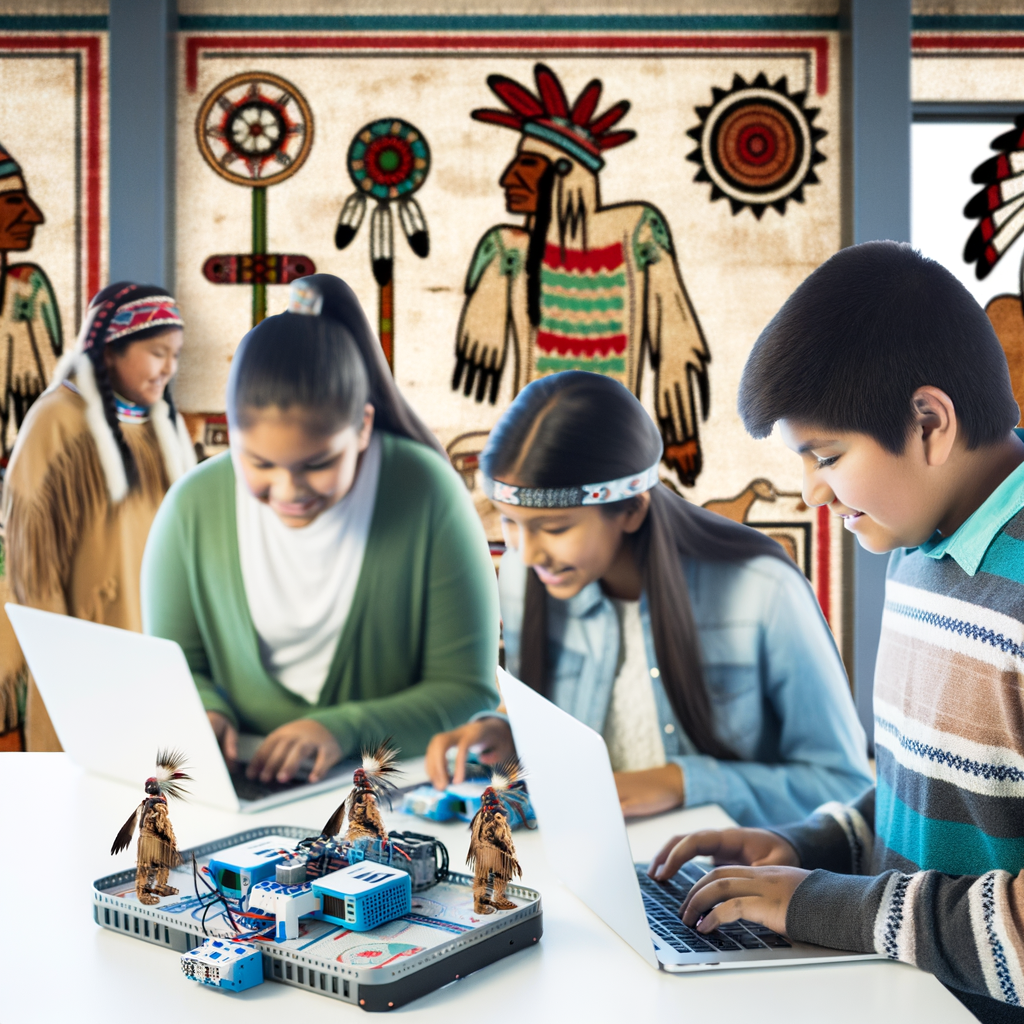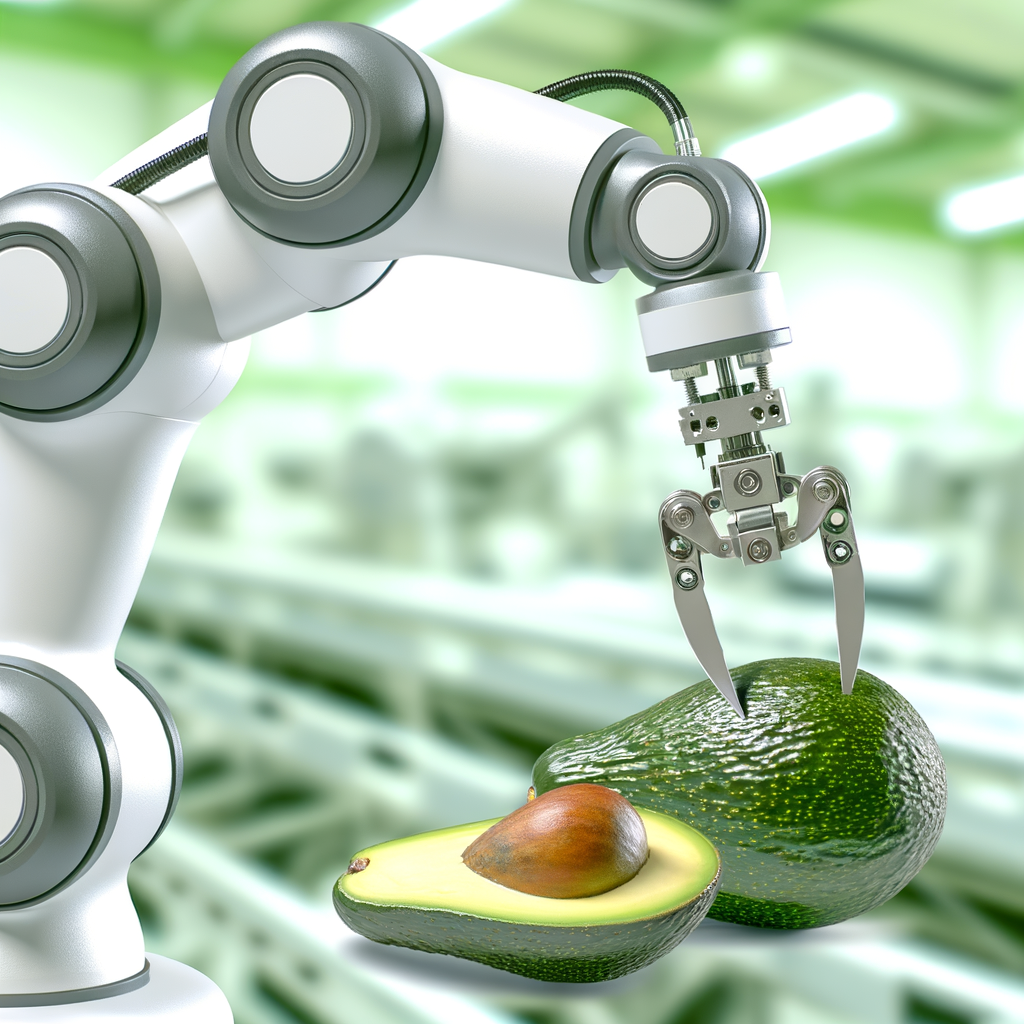Robotics Empowering Tribal Education
The future of education is increasingly intertwining with technology, and nowhere is this more evident than in the growing partnership between tribal communities and the world of robotics. As the digital divide continues to challenge marginalized groups across the United States, one foundation is working to bridge that gap by bringing robotics to Native American students. In an ambitious effort to empower these communities, the Robotics Foundation is teaming up with several tribes, providing students with access to STEM education that not only promises a brighter future but is also culturally enriching.
Building Bridges Through Tech
The Robotics Foundation, known for its initiatives in underrepresented communities, has made significant strides in recent years with tribal partnerships. Their ultimate aim? To develop the next generation of inventors, engineers, and tech-savvy individuals among Native American youth. By introducing interactive and innovative learning methods involving robotics, the Foundation seeks to democratize access to the growing tech environment.
“Technology can be an incredible equalizer when it comes to education,” said one of the Foundation’s spokespersons. “Our goal is to ensure that tribal students, who might not have the same resources or access as their counterparts in more urban areas, have the tools and training to compete in fast-evolving industries.”
Partnerships at the Heart
One of the most compelling aspects of this initiative is its reliance on collaborative partnerships with different tribal entities. These collaborations go beyond funding or providing mere technology. Instead, they focus on real engagement, ensuring that curricula are adaptable, culturally relevant, and fit the communities they are designed to serve.
Some of the partnerships include:
The Foundation also works with tribal schools to ensure that both teachers and students have the needed technological infrastructure — from laptops and programming software to 3D printers and robotic kits.
Closing the Educational Gap
For years, Native American students have faced unique challenges in navigating the U.S. educational system. Schools in tribal regions are often underfunded, and access to technology or up-to-date STEM programming can be limited. This disparity compounds existing inequalities in education, limiting opportunities for these students to advance in tech-driven careers.
The Robotics Foundation’s efforts can be seen as part of a broader push to address these inequities. By introducing robotics and STEM education early, Native American students are given the skills and confidence to engage with increasing complexities in the job market. However, these steps do more than just help students stay on par with others; they are designed to prepare the students to be future leaders with an edge in the highly competitive tech industry.
“It’s not just about teaching them to build robots,” says one educator involved in the program. “It’s about showing them that they can be leaders in technology, innovators in their own right. It breaks down the mental barriers of what’s possible for them.”
Cultural Relevance in Tech
One of the most thoughtful aspects of the Robotics Foundation’s approach is how they integrate cultural elements into the educational experience. Robotics and STEM are traditionally seen as highly technical fields with limited room for cultural expression, but the Foundation is keen on changing that perception.
By working with tribal organizations and leaders, they ensure that robotics education doesn’t come across as something alien—a Western concept imposed on Native communities. Instead, tribal history, values, and even problem-solving methods are incorporated into lessons. Students aren’t just learning how to assemble code or control a device. They’re learning how to think about technology through a lens that respects and celebrates their cultural heritage.
Several tribal communities have already begun using advanced tech to preserve their language, history, and traditions. Digital archives, virtual reality (VR) experiences, and AR apps imbued with tribal significance can bring historical events and their meanings to life for younger generations. By participating in these advances directly through robotics programs, Native American students gain both technical proficiency and a deep sense of pride in their roots.
What’s Next?
While some progress has been made, the journey is far from over. The Robotics Foundation is eyeing more partnerships with additional tribes, and discussions are even underway to adapt drone technologies, environmental conservation tools, and AI-driven projects for tribal use.
If successful, these programs are set to make a large-scale impact, giving Native American students a skill set that will be at the forefront of a technology-focused future.
As one tribal leader put it, “We have to think of education not just as an individual asset but as a communal one. These students aren’t just learning for themselves; they’re learning how to uplift entire communities.”
Final Thought: Robotics as a Gateway to Opportunity
Robotics isn’t just a fancy after-school hobby. It’s a gateway to lateral thinking, creative problem-solving, and interdisciplinary learning. For Native American communities, it’s proving to be an unexpected but profound means to heal the educational divide. By bringing robotics into classrooms and after-school programs, organizations like the Robotics Foundation are showing students that their future is wide open—and full of endless possibilities.
Indeed, it’s often said that the secret to success in technology isn’t just hardware or code—it’s the way we think and solve problems. Thanks to initiatives like these, a new generation of students in tribal communities will be able to frame the future on their own terms: one robot at a time.



